Villa of Rhee Syngman (이승만별장(고성))
2025-01-15
33, Iseungmanbyeoljang-gil, Goseong-gun, Gangwon-do
+82-33-682-0500
During the 1950's, three leaders, namely Kim Ilsung, Rhee Syngman and Lee Ki-poong had summer houses built around the lake of Hwajinpo. The villa of Rhee Syngman, Korea's first president, was built in 1954 but fell into a state of disuse by 1961. It was not repaired until July of 1997 by the army, and was fully restored in 1999, opening as an exhibition hall.
Castle at Hwajinpo (화진포의 성(김일성별장))
2025-01-10
280 Hwajinpo-gil, Goseong-gun, Gangwon-do
+82-33-680-3677
The Castle of Hwajinpo was the summer retreat for Kim Ilsung, former leader of North Korea, and his family from 1948 to 1950. Photos of the family on vacation there show Kim Jungil as a young boy of six years. The building was constructed entirely of stone in 1938 by a German architect for the Sherwood Hall missionary family, and features a basement level and two above-ground floors. The house is now open to the public, with an exhibition of how the house was used by the Kim family, faithfully recreated from photographic research.
Wolbongseowon Confucian Academy (월봉서원)
2021-07-06
133, Gwanggok-gil, Gwangsan-gu, Gwangju
+82-62-960-8253
Wolbongseowon Confucian Academy, built in 1578, was established by Kim Gyehwi and other confucian scholars to honor Ki Daeseung's study and virtue through Mangcheonsa Shrine. The location of the academy was moved to its current site in 1646, and the name Wolbong was given by King Hyojong in 1654. In 1671, Bak Sang and Bak Sun's shrines were moved from Deoksansa Shrine by the suggestion of Song Siyeol. Also, Kim Jangsaeng and Kim Jip's shrines were additionally placed in 1673. Unfortunately, the confucian academy was abolished due to the abolition policy of Daewongun in 1868. Later, Bingwoldang Hall was built by Jeollanam-do's Confucian scholars in 1938, followed by Gojiksa Shrine in 1972, Jangpangak Pavilion and Oesammun Gate in 1978, Sau in 1980 and Naesammun Gate in 1981. Bingwoldang is designated as Gwangju Monument No. 9 and woodblocks of Gobongjip are preserved in Jangpangak Pavilion.
Gaehangjang (Open Port Area) Street (개항장 거리)
2025-10-23
27 Jemullyang-ro 232beonan-gil, Jung-gu, Incheon
As the Incheon Port was opened in 1883, this is where one could feel the rich history and culture accumulated over 126 years. Formerly used by the Japanese consulate, the Jung-gu Office, the Incheon branch of Japan's 1st, 18th and 58th Bank and other modern historical architecture can be found intact here. Other historical remains like Former Japan Mail and Shipping Inc., Incheon Art Platform, Jemulpo Gurakbu, and more are also available for visitors to see at the Incheon Gaehangjang (Open Port Area). For those who are interested in learning more, a guided tour by an Incheon cultural tourism expert is available upon reservation.
Suncheonman Bay Yongsan Observatory (순천만 용산전망대 (S자 물길))
2025-01-17
513-25, Suncheonman-gil, Suncheon-si, Jeollanam-do
+82-61-749-6052
Yongsan Observatory offers an unobstructed view of Suncheonman Bay's large S-shaped waterway. The observatory can be reached by following the trail through the field of reeds, crossing over Daedae Estuary on Mujingyo Bridge. With a birds-eye-view, take in the vast fields of reeds and mudflats, dotted throughout with groups of birds wading through in search of food.
Byeongbangchi Skywalk (병방치 스카이워크)
2023-12-28
225, Byeongbangchi-gil, Jeongseon-gun, Gangwon-do
+82-33-563-4100
Byeongbangchi Skywalk is located between Gyuram-ri and Buksil-ri in Jeongseon-eup and features breathtaking views of the nearby Bamseom, which is shaped like the Korean peninsula by the flowing Donggang River. Byeongbangchi Skywalk offers a thrilling experience as it gives the feeling of walking in the sky thanks to the tempered glass floor of this 11-meter U-shaped structure projecting from the cliff at an altitude of 583 meters.
Camp Greaves DMZ Experience Center (캠프 그리브스)
2025-10-23
137 Jeoksipja-ro, Paju-si, Gyeonggi-do
+82-31-953-6970
Camp Greaves served as a camp base for the 506th US Second Infantry Division for about 50 years after the ceasefire agreement of the Korean War. The land was given back to the Korean government in 2007. The camp has been turned into a peace and security experience facility, and it is located approximately 2 kilometers away from the DMZ. It is also the first youth hostel to be located within a restricted area for civilians in Paju city.
An entire building of the US Army officer quarters was remodeled into a youth hostel and can accommodate up to 240 guests. The hostel is comprised of an office, a small auditorium on the first floor, rooms on the second and third floors, and a large auditorium on the fourth floor. The camp offers diverse programs including educational programs.
◎ Travel information to meet Hallyu’s charm
This is where NCT Dream photographed the cover for their first full-length album, “Hot Sauce.” It has been a U.S. military base for more than 50 years, so it’s a great place to go for an outing, with a variety of exhibits and picturesque landscapes.
Songwol-dong Fairy Tale Village (송월동 동화마을)
2025-10-23
Songwol-dong 3(sam)-ga, Jung-gu, Incheon
Songwol-dong was named for its view of the moon between the pine forest. The opening of Incheon Port in 1883 led to the start of many foreigners coming into the area for settlement, and it turned into a rich village. However, young people gradually moved out, leaving the village in a state of stagnation. As such, a renovation project was brought about to improve the development of the village by decorating with murals and sculptures of classic fairy tales.
Expo Ocean Park (엑스포해양공원)
2022-12-28
1, Bangnamhoe-gil, Yeosu-si, Jeollanam-do
+82-1577-2012
Expo Ocean Park offers waterfront walking paths for strolls along the sea. Visitors can also take part in dynamic marine leisure sports programs or watch the multimedia BIG-O Show. In addition, the establishment offers facilities such as exhibition halls and seminar rooms that can hold both international and small scale meetings or events.
Artee Riders Club (아띠인력거)
2022-09-15
43, Bukchon-ro 5-gil, Jongno-gu, Seoul
+82-1666-1693
Artee Riders Club is the first company that offers rickshaw tours in the nation. Not only do you get to ride on the rickshaw to tour around popular attractions including Bukchon Village, Seochon Village, the rickshaw tour guides you to the smaller alleys as well. Travelers to Bukchon Village may have their belongings or luggage stored at the center, and individual's insurance as well as a complimentary drink are offered.
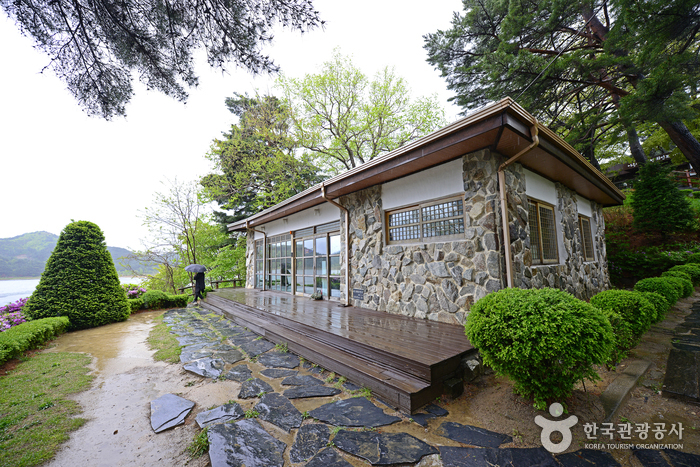
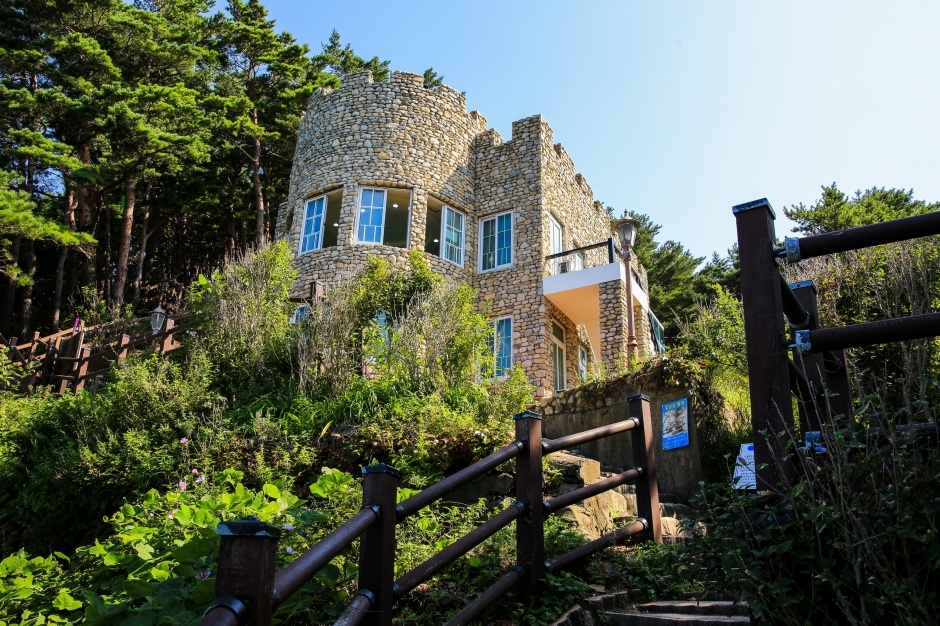
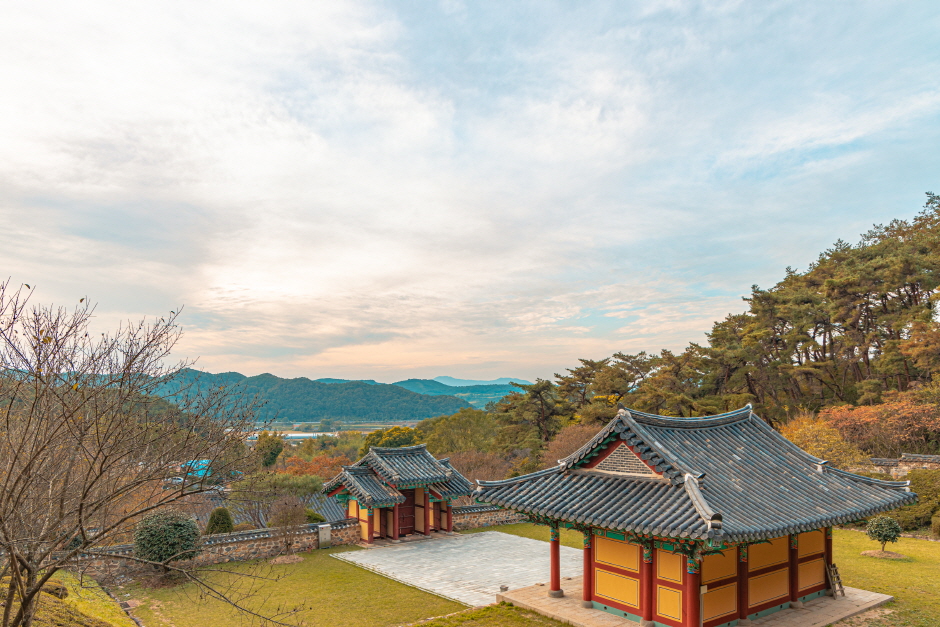
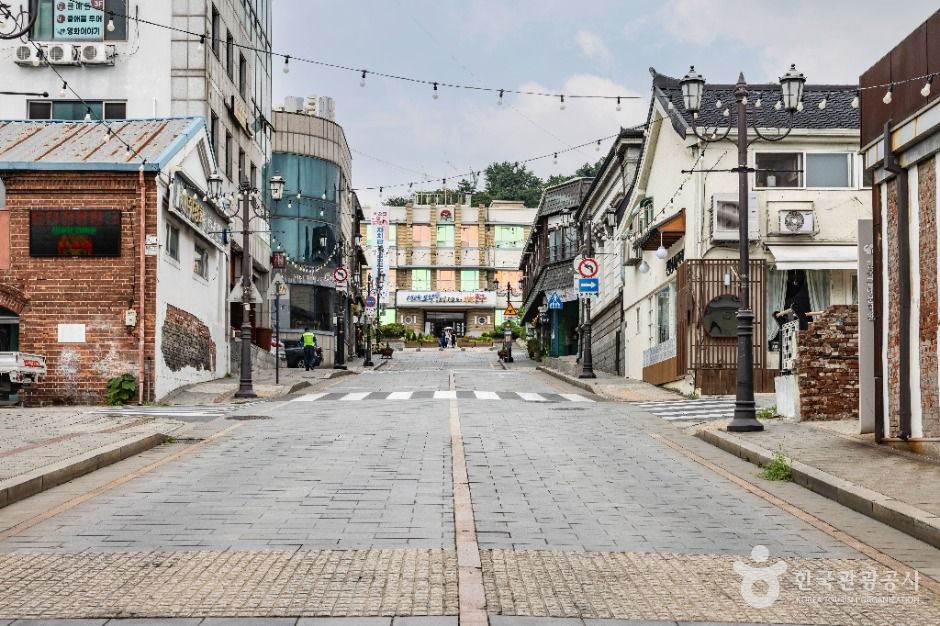
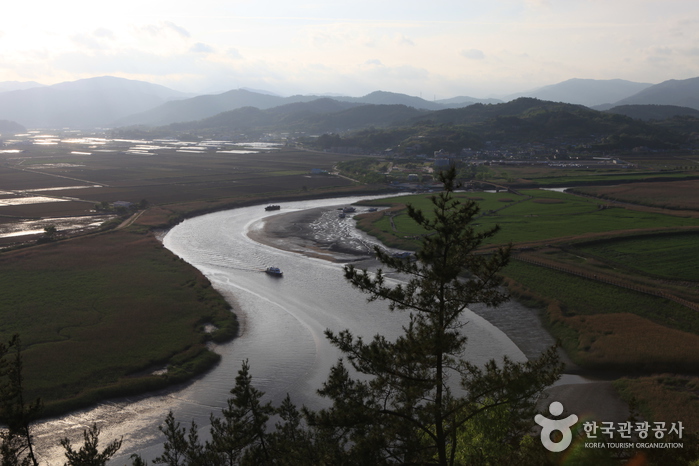
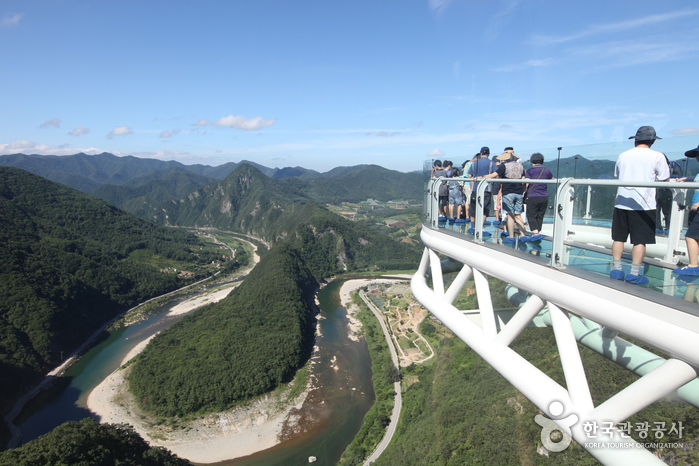
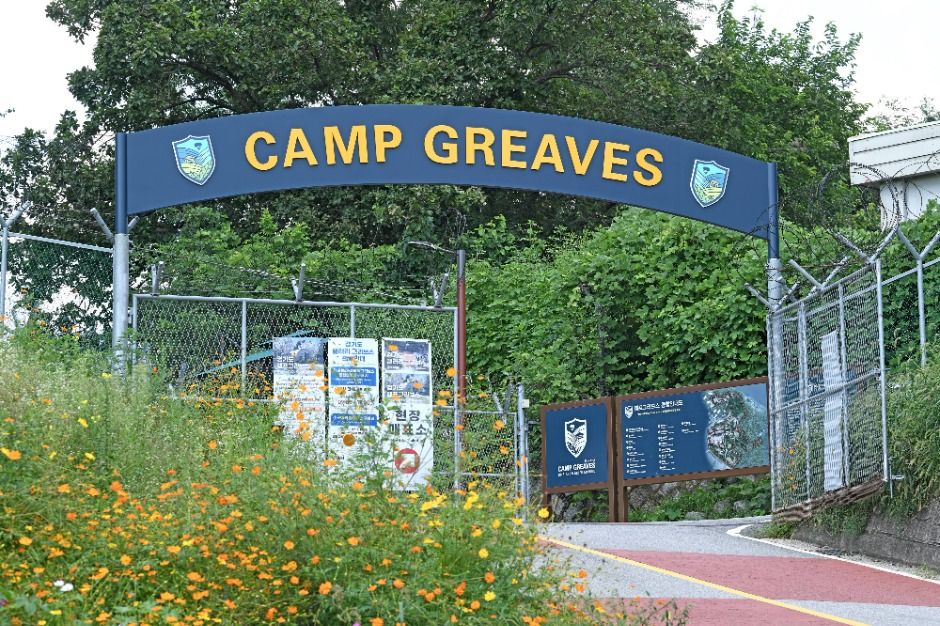
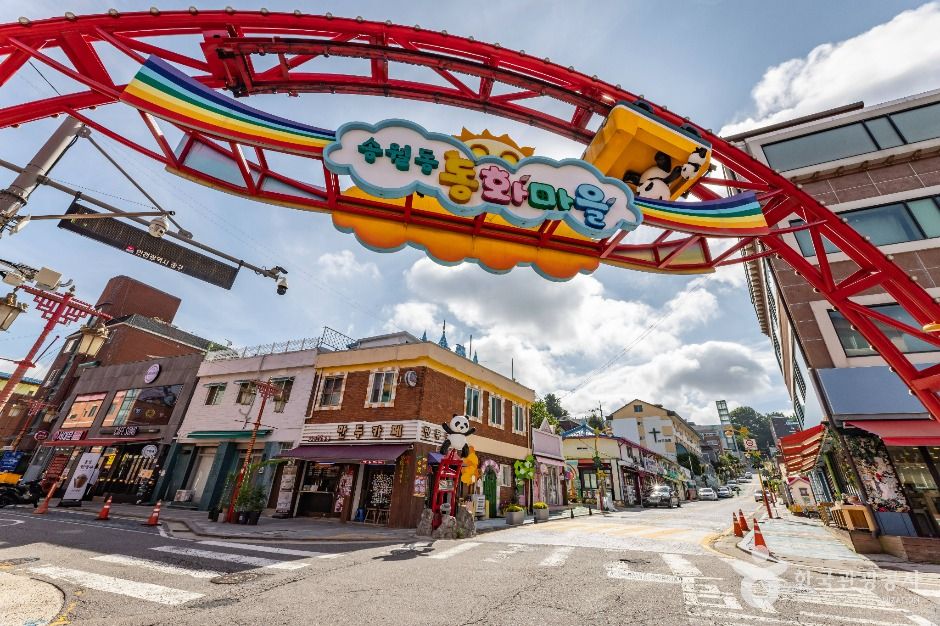

 English
English
 한국어
한국어 日本語
日本語 中文(简体)
中文(简体) Deutsch
Deutsch Français
Français Español
Español Русский
Русский